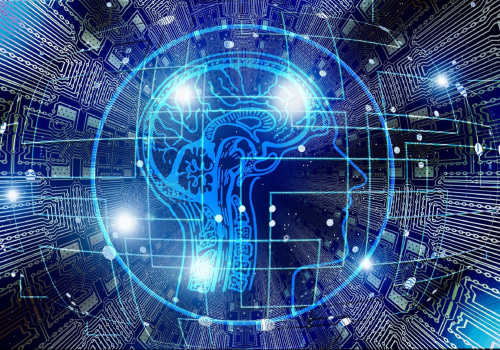Data types An AI model is comprised of numerical data. Numerical data is all data that can be represented in numerical form. Categorical data is a type of data used to group observations into different categories. Visual data, captured by cameras, is made up of images that are labeled according to what they contain (people, vehicles, characters, defects, colors, quality, etc.).
Machine vision is the AI technology corresponding to visual data. Data provided refers to information provided by individuals, specifically those who are aware that they are actively providing data about themselves. The provision of this data can be voluntary (for example, social media posts, financial transactions, personal emails, etc.) People will know that their data is intended for specific purposes, and data controllers often request their consent. This type of data is usually found in a structured way, with data elements labeled.
Access to this type of data by AI developers has its limitations. Access to personal data is generally restrictive due to the high degree of identifiability of personal data and the risks. In certain activities, such as browsing the Internet or activating location on mobile devices, people may realize that their behaviors are recorded. In other cases, people are less aware that their behavior is being digitally observed and recorded.
This includes CCTV images used for facial recognition or sensor device readings (motion sensors, light sensors, etc.) When it comes to data related to human actors, specific legal and ethical issues must be considered, especially in relation to consent. Depending on the context, the observed data can be structured and unstructured. Derived data are obtained by processing data that is published or available from any of the above sources. Types of processing or transformations include creating subsets, changing structure, analyzing, extracting, or creating statistical or algorithmic models.
This type of data can also increase ethical risks derived from the use and misuse of personal data and applications beyond the original intended use. A subcategory of reference data is metadata, which is essential information that provides the context of a given data set. This includes information about the origin, data integrity tests, data formats, file sizes, etc. Metadata is essential to be able to discover data sets that can be used in the development of AI.
Among the main obstacles preventing companies from using AI effectively in their business are the engineering and data science tasks necessary to integrate AI capabilities into new applications or develop new ones. Then, plot a randomly selected piece of data as the centroid of each cluster (think of it as a circle around each cluster, with that data as the exact center point). At the time of writing this article, a major disadvantage of AI is that it is expensive to process the large amounts of data required by AI programming. Artificial neural networks and deep learning AI technologies are rapidly evolving, mainly because AI can process large amounts of data much faster and make predictions more accurately than is humanly possible.
All major cloud service providers are launching their own offering of artificial intelligence services to streamline data preparation, model development and application deployment. According to Nvidia, the combination of faster hardware, more efficient AI algorithms, tighter GPU instructions, and better data center integration is driving a million-dollar improvement in AI performance. It is usually produced using an AI or an algorithmic system and other methods, such as statistical or data modeling. This can be problematic because machine learning algorithms, on which many of the most advanced AI tools are based, are only as intelligent as the data obtained during training.
Newsrooms use AI to automate routine tasks, such as entering data and correcting texts, and to research topics and help with headlines...











